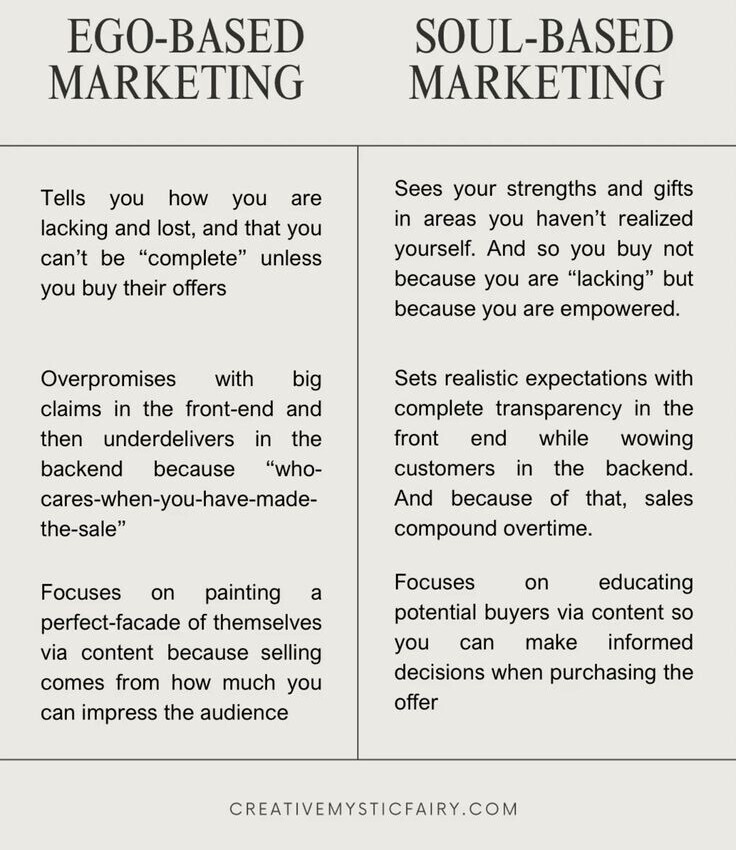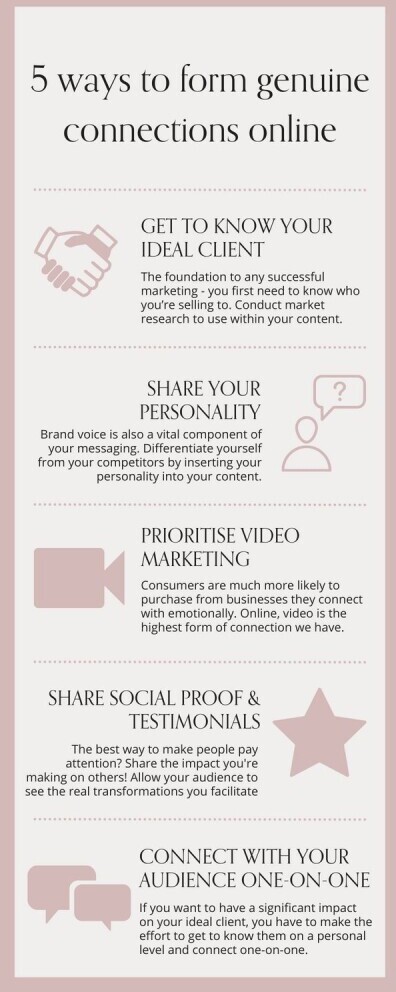The Power Of Storytelling In Marketing For South Asian Women
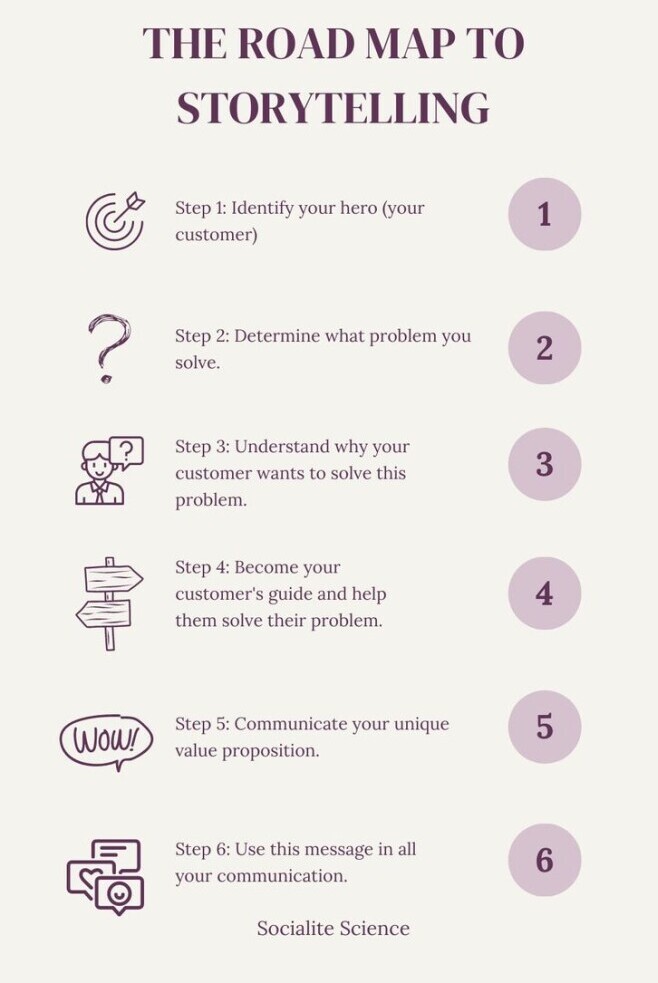
The Power of Storytelling in Marketing for South Asian Women
Storytelling has been an essential part of South Asian culture for generations, with narratives passed down through family, tradition, and art. Today, this cultural asset can be a powerful tool in marketing, especially for South Asian women entrepreneurs who are balancing identity, tradition, and modern business practices. By harnessing the power of storytelling, they can connect authentically with their audience, build brand loyalty, and create meaningful engagement.
1. Building Authentic Connections
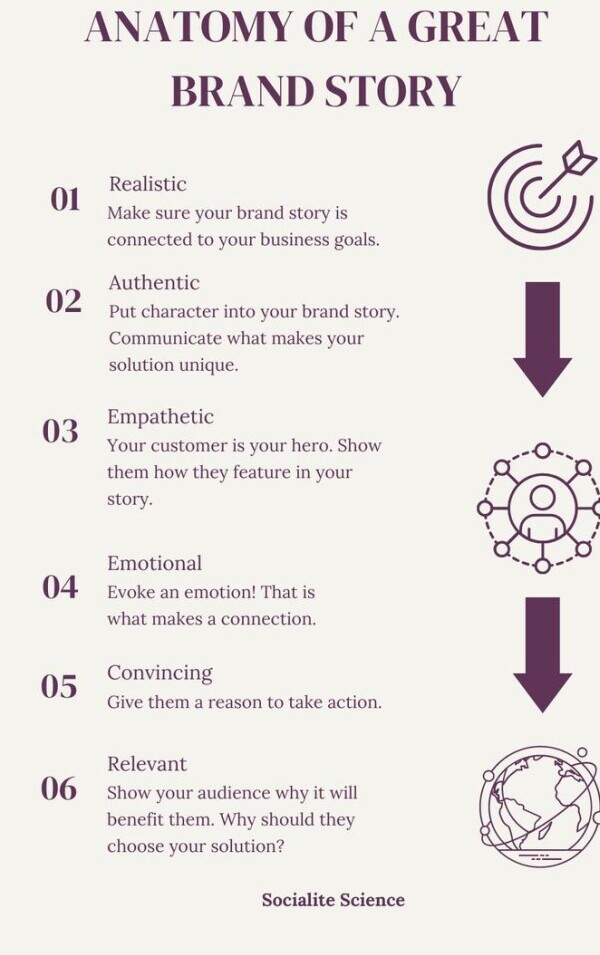
For South Asian women, marketing through storytelling provides a unique opportunity to share personal experiences, cultural heritage, and values that resonate with their audience. Authentic stories rooted in culture, family, or personal challenges can establish trust and create an emotional connection. For example, sharing how a business idea emerged from family traditions or childhood memories can make your brand relatable and genuine, helping consumers feel more invested in your journey.
2. Showcasing Cultural Identity
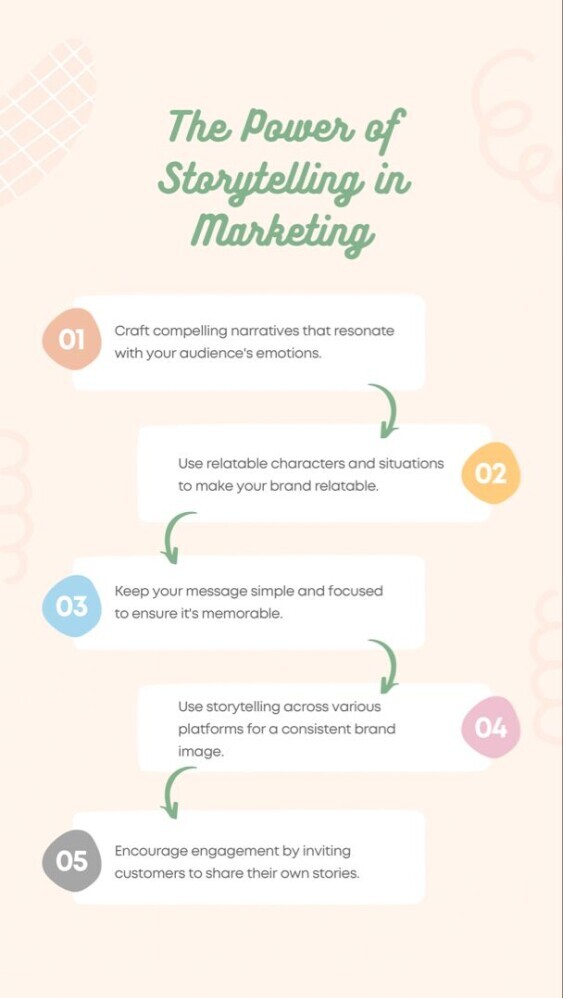
South Asian women entrepreneurs can leverage storytelling to showcase their cultural identity in a way that appeals to a broader audience while staying true to their roots. By incorporating elements of South Asian culture—whether it’s through visuals, language, or anecdotes—into marketing content, businesses can create a distinct and memorable brand image. Highlighting traditional values such as resilience, community, or craftsmanship adds a deeper layer of meaning to products or services, making them more attractive to both South Asian consumers and those interested in cultural diversity.
3. Empowering Others Through Shared Experiences
One of the most powerful aspects of storytelling in marketing is its ability to inspire and empower others. South Asian women can use their stories to challenge stereotypes, break down societal barriers, and provide a sense of representation. By sharing struggles, achievements, or lessons learned as a woman in business, you not only connect with your audience but also pave the way for others who may be facing similar challenges. Personal stories about overcoming obstacles like cultural expectations or gender biases can motivate others to pursue their own ambitions, positioning you as a role model in both business and life.
4. Humanizing Your Brand
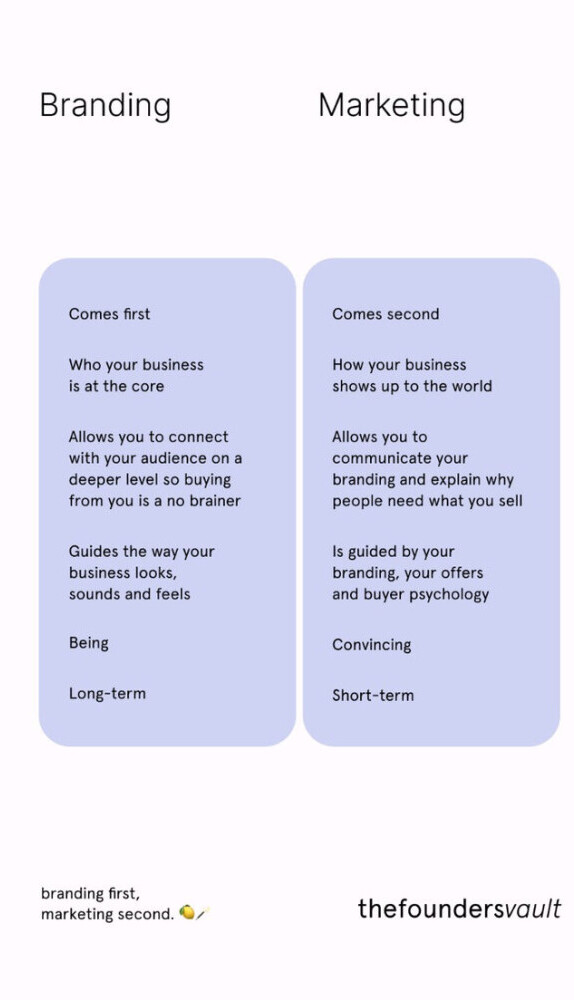
In an increasingly digital world, consumers crave human connection. Storytelling humanizes your brand by allowing customers to see the person behind the business. By sharing moments from your daily life, the ups and downs of running a business, or the inspiration behind a product, you create a narrative that feels real and accessible. This transparency fosters customer loyalty, as they feel like they are part of your journey and invested in your success.
For example, a South Asian woman running a skincare brand might share a story about how her grandmother’s traditional beauty rituals inspired the formulation of her products. This not only adds emotional depth to the brand but also highlights the cultural richness behind the product, making it more appealing to the customer.
5. Differentiating Your Brand
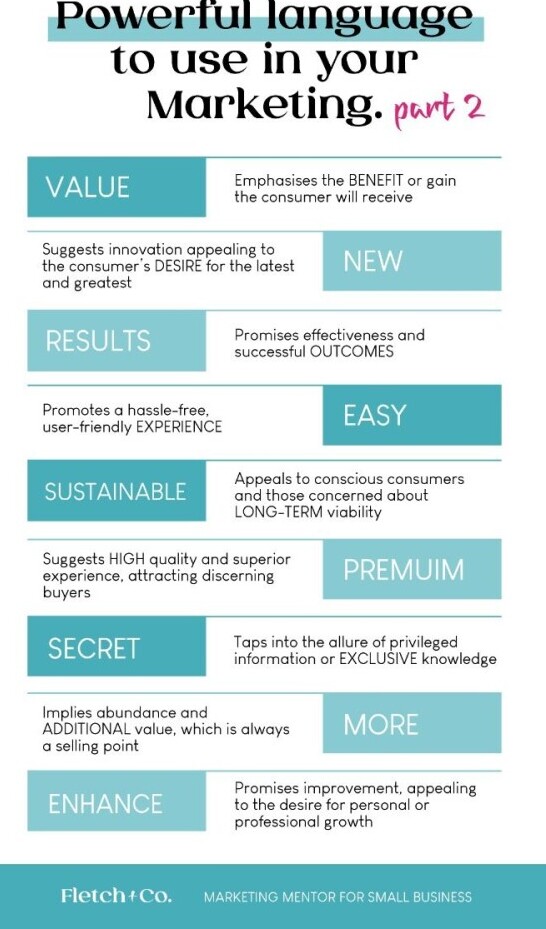
In competitive markets, particularly in industries saturated with similar products or services, storytelling helps differentiate your brand. South Asian women entrepreneurs can use their unique background, cultural perspective, and personal narrative to stand out. Highlighting the “why” behind your business—whether it’s to bring cultural representation, promote sustainable practices, or support community-driven initiatives—adds value beyond the product itself. This type of storytelling helps your brand rise above the noise and attract a loyal customer base.
6. Creating Emotional Engagement

Emotion plays a significant role in decision-making, and storytelling taps into this power. Whether it’s joy, nostalgia, empathy, or inspiration, emotional storytelling resonates on a deeper level. For South Asian women, stories of cultural pride, familial connections, or perseverance through hardship can evoke powerful emotions that create lasting impressions on consumers. By weaving emotions into your marketing narrative, you make your brand more memorable and impactful.
For instance, a South Asian woman selling handcrafted jewelry could tell a story about how each piece is a tribute to the traditional craftsmanship passed down from her ancestors. This emotional appeal elevates the product from a mere accessory to a piece of cultural heritage.
7. Empowering Brand Advocacy
A compelling story can turn your customers into brand advocates. When people connect with your story, they are more likely to share it with their own networks, amplifying your brand’s message. For South Asian women, storytelling that highlights community values, empowerment, and cultural pride can create a ripple effect, leading to organic promotion. By inspiring others through your narrative, you turn customers into ambassadors who spread the word and champion your brand.
8. Tapping Into Digital Platforms
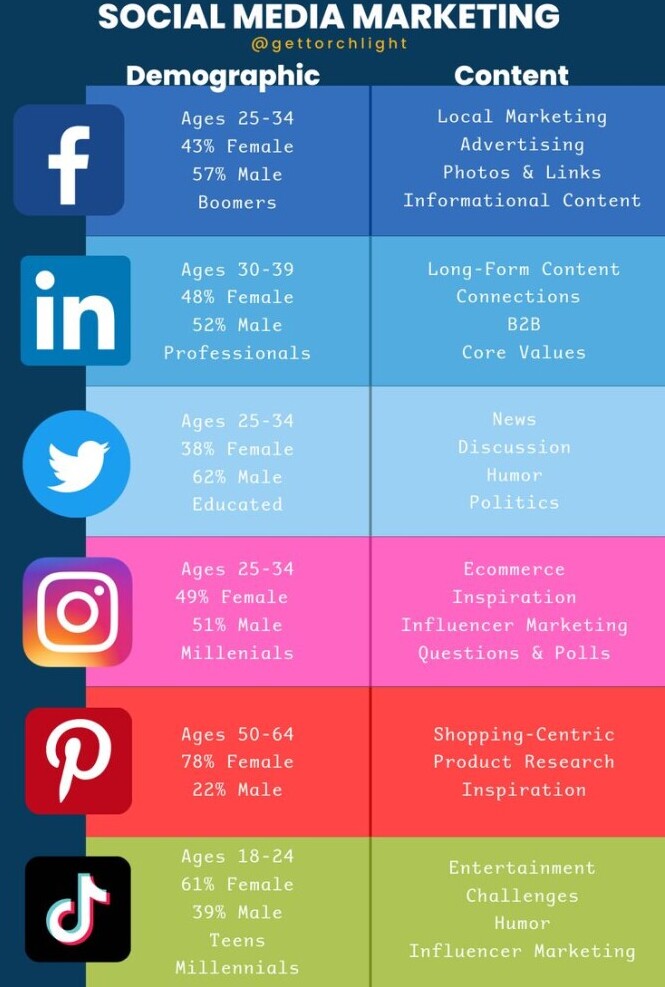
Social media and digital platforms offer South Asian women a wide-reaching stage for their stories. Instagram reels, YouTube videos, or blog posts are excellent mediums for sharing personal anecdotes, brand stories, or behind-the-scenes looks into your business. These platforms allow you to present your story visually and emotionally, creating dynamic and interactive content that engages your audience. Whether through short, relatable content or long-form storytelling, digital platforms give you the space to narrate your journey and make a lasting impact.
9. Overcoming Challenges with Relatable Narratives
South Asian women often face unique challenges in the business world—whether it’s balancing family responsibilities, navigating cultural expectations, or breaking through gender barriers. Sharing these challenges as part of your brand’s story helps humanize your business and makes it relatable to other women experiencing similar struggles. Customers appreciate when brands are transparent about their hurdles and how they overcame them, making your success even more inspiring.
10. Bringing Community to the Forefront
South Asian culture places a strong emphasis on community, and storytelling can help highlight the collective journey behind your brand. Whether it’s through stories of collaborating with local artisans, sourcing materials from ethical suppliers, or giving back to the community, storytelling can reinforce the importance of community in your business model. Highlighting these aspects not only strengthens your brand identity but also positions you as a business that values more than just profit—it values people and culture.
Conclusion
For South Asian women in business, storytelling is a powerful marketing tool that bridges cultural identity, personal experience, and professional ambition. By sharing authentic narratives, highlighting cultural values, and tapping into emotions, women can build strong connections with their audience, empower others, and create a lasting brand legacy. In a world where customers seek deeper engagement with brands, storytelling can be the key to standing out and making a meaningful impact in both business and society.

